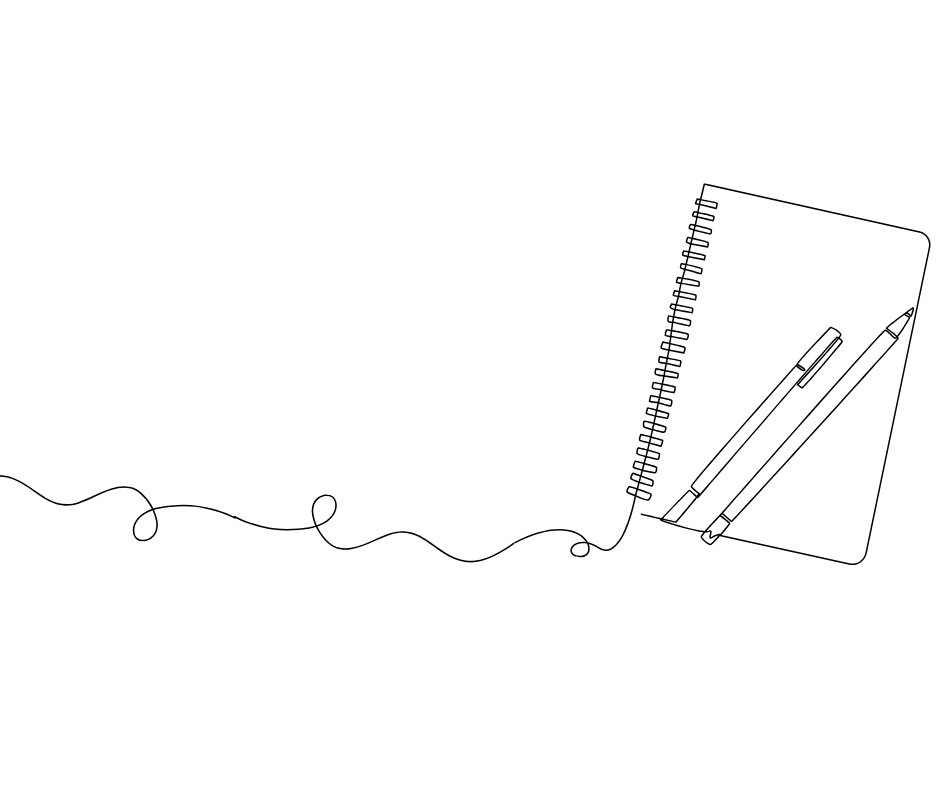Working Memory in ABA – Building the Brain’s “Sticky Note”
- Brigid McCormick

- Sep 22
- 2 min read

Think of working memory as the brain’s “sticky note.” It’s where we temporarily hold onto information so we can use it right away—like remembering a phone number long enough to dial it or keeping the steps of a recipe in mind as we cook.
For children with autism, working memory challenges can affect everything from completing routines to learning new skills. They may forget instructions halfway through, lose track of what they’re doing, or struggle to hold onto rules in a game. It’s not about effort—it’s about the brain’s limited capacity to “keep things in mind” while also processing what’s happening in the moment.
Why Working Memory Matters in Daily Life
Working memory plays a role in countless everyday situations for kids, such as:

Following 2–3 step directions (e.g., “Go get your shoes, put them on, and meet me by the door”).
Remembering the steps in a hygiene routine like handwashing or brushing teeth.
Holding onto the rule of a classroom activity or turn-taking game.
Listening to a story and recalling key details to answer a question.
Keeping track of materials needed for a task (like packing a backpack).
When working memory is weak, kids may seem forgetful or inattentive, when really their “mental sticky note” just isn’t holding enough.
ABA Strategies to Strengthen Working Memory
In ABA sessions, we can help children build working memory by embedding practice into natural, meaningful activities. Here are a few approaches:
Visual supports: Checklists, schedules, and pictures provide a backup “sticky note” to reduce overload.
Chaining and task analysis: Breaking down multi-step tasks allows children to focus on one part at a time, then gradually link them together.
Rehearsal and repetition: Encouraging kids to repeat instructions out loud or silently helps keep them active in working memory.
Interactive games: “Simon Says,” memory card games, or recalling a sequence of actions build skills in a fun way.
Fading prompts: Start with more support, then slowly reduce as the child gains independence and confidence.
Beyond Therapy: Why It Matters

Supporting working memory isn’t just about remembering directions—it’s about giving children the tools to participate fully in life. Whether it’s recalling what comes next in a routine, staying engaged in a group activity, or communicating more effectively, stronger working memory opens doors for growth, independence, and connection.
As practitioners, when we recognize the impact of working memory, we can tailor our programs not just for task completion, but for building the cognitive foundations that help kids thrive.
Want more ABA strategies like this every week?
Each week in our Executive Function Newsletter Series, we share simple, ABA-focused strategies you can use right away—plus resources to make your work a little easier.




Comments